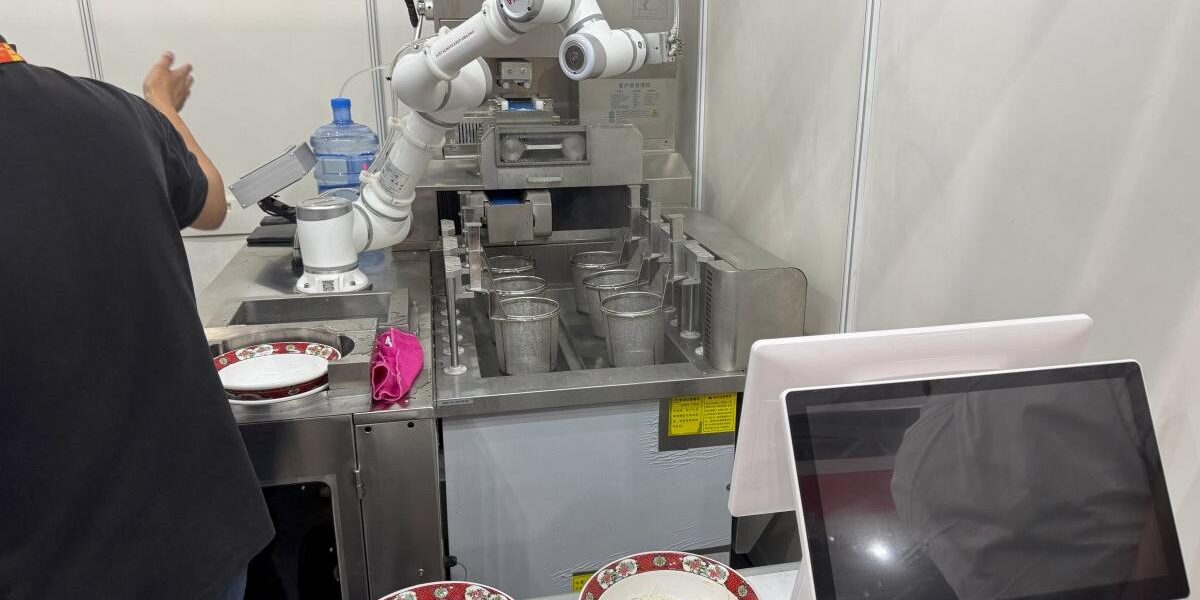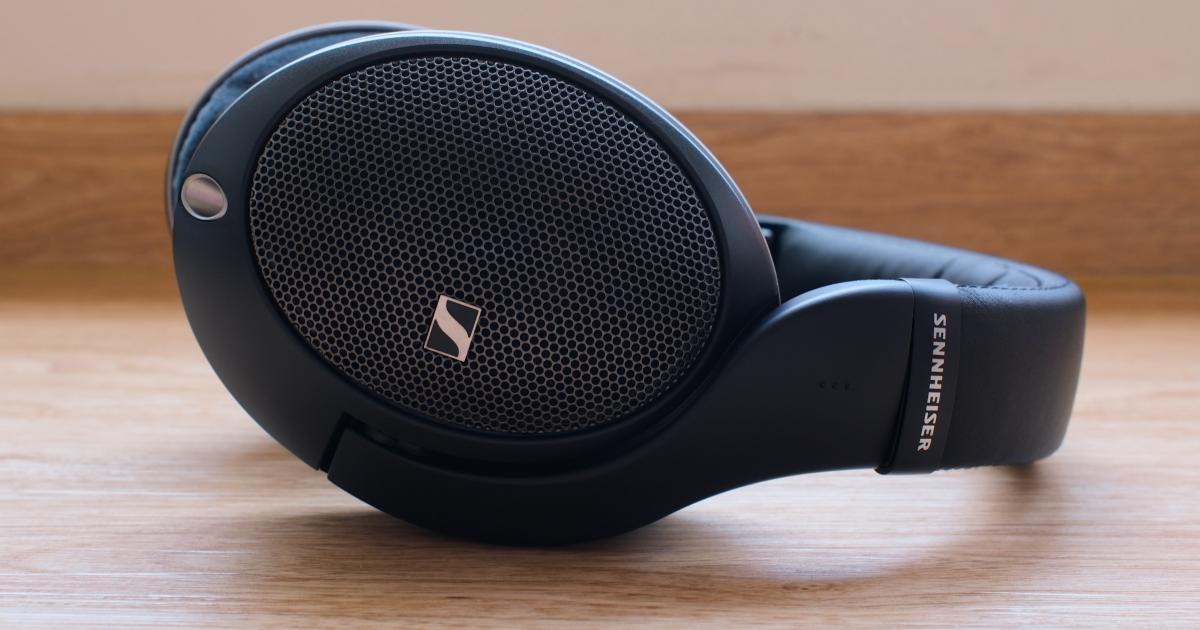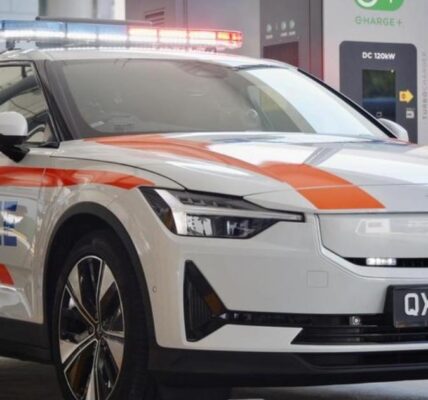The robot revolution is coming for hawkers and restaurants, and I’m all for it. Here’s why

The FHA-Food & Beverage 2025 event happened over the second week of April. HardwareZone doesn’t usually cover such trade shows, but I went incognito just to see how far technology has infiltrated the F&B scene. As a technology editor, I’ve seen my fair share of robotic kitchen and AI chef demos over the last decade from technology shows like CES, but the actual widespread implementation of such automation in real world kitchens has been slow.
In Singapore for example, it may no longer uncommon to run into a robot barista, bartender or boba tea maker, but robots used for food preparation in restaurants and hawkers are still few and far between. When they do make the news, it’s often a customised solution that’s unique to the place and not something off the shelf that’s universally scalable to various eateries and cuisines.
Which brings me back to the FHA-Food & Beverage 2025 show. Are robots coming for our hawkers in a big way? Can they achieve wok hei? How do we classify a robot chef in the first place? Are they just glorified smart ovens?
To reiterate, I wasn’t looking for industrial, factory-class machinery. I was looking for robots and autonomous cookers that would fit in a standard hawker stall or restaurant kitchen.
Unfortunately, (or fortunately depending on which side of the technology divide you stand), between the sprawling halls of the Singapore Expo, I saw only a few examples of such solutions on display. The good news is that they were very good examples of why I believe food automation make sense. As I talked to some of the vendors, I was also made aware that there are various government grants for the implementation of technology and automation equipment such as the Hawkers’ Productivity Grant that can help defray setup costs.
Here are three cooking robots – and I use the term “robot” liberally – that would fit into a hawker stall, small eatery or café, and even a central kitchen environment.
The Robot Noodle Hawker

I guess this one speaks for itself. This robotic arm takes over the mundane, repetitive task of cooking Asian-styled noodles dunking them in hot and cold water with multiple boilers for more efficiency. The human hawker can then focus on garnishing, mixing of sauces and other tasks of running their stall. What may not be apparent is that this machine also features a noodle maker that can be configured to make different types of noodles on-the-fly such as mee sua or mee pok, ensuring everything is as fresh as can be and in the exact portions to be cooked.
The Auto Wok

This was a surprise find at the show and the only brand I recognised. Yes, it is the same Tineco that sells vacuum cleaners, but I was told that the divisions are run completely separately in Singapore. The Tineco Smart Cooker is essentially an automated smart wok connected to a sauce and ingredient dispenser, with a robot arm/lid that controls a planetary spatula promising 720-degree rotational stir-fry and full 360-degree coverage across the wok. The Smart Cooker will dispense sauces (up to 8) and ingredients at the right stages and intervals, adjusting heat (up to 230°C) and stirring speeds according to the recipes provided. It can be used fully automated, or semi-auto with voice prompts at various stages. It also has a self-cleaning function too, so a kitchen can operate a full service day with minimal need for cleanup till closing.

I witnessed it cook a soupy Korean seafood sundubu (tofu stew) as well as a dry Szechuan stir-fry in 4-6 minutes. The Smart Cooker can be controlled by an app and up to six of these woks can be managed simultaneously at a time. Again, this frees up line cooking duties for a small eatery and the chef or owner can focus on recipe curation and ingredients prep instead.
The Kitchen in a Box

What looks like the locker cabinets in a gym or bank safe deposit boxes is in fact, an array of smart cookers called the InstaChef Pro K-series. I’m told that K stands for Kitchen. Supposedly AI-powered, the InstaChef Pro is basically a whole kitchen in a box. You will still have to prepare the ingredients to put into those metal containers, but slot it in, select a recipe and it can magically simulate a stir-fry, a pan fry, a bake, or other styles with a library of up to 300 recipes across different cuisines. It’s also self contained with no need for exhaust and drainage, and the only cleanup seems to be washing that metal container after a cook.
It does this by applying varying rotational patterns and different heating profiles on each side of the box. Unlike the previous two examples, this one looked so simple, I couldn’t believe it would work, though I’m still not sure where AI comes into play here because it also just seems to follow a recipe preset. There’s no indication there are other sensors that can tell what’s going on inside the box or that cooking parameters are being adjusted dynamically. Still, I had some gyozas cooked for me and it came out perfectly moist on top and charred at the bottom.


As a society, we are already used to ordering food and delivery via app. We no longer see the food being made in the first place, and we’ve come to peace with the fact that it will not be as fresh or presentable by the time it reaches our doorstep. And with new digital offerings such as Grab’s latest GrabFood For One, it totally makes sense to have a robot kitchen like this that is able to scale and mimic various cooking styles and food types to a “good-enough” degree for such takeaway orders. The InstaChef Pro is currently sold in 3, 6, 9, and up to 12-unit configurations, and might very well be the ultimate central kitchen setup.
In fact, if this was a consumer product, I would want one. It would basically replace the oven and stovetop in my kitchen. I cannot cook to save my life, but also refuse to eat frozen microwave meals. If I can throw a bunch of fresh ingredients into a box, press a button, and out comes proper food with zero mess and minimal cleanup, this box is literally my dream kitchen.
Zachary Chan /
Editor
A geek, a gamer, a crazed individual. Zachary has been working in and around the media circuit covering consumer electronics, components and videogame industries for the past 5 years (or so), giving him a unique view on all this…’stuff’.




